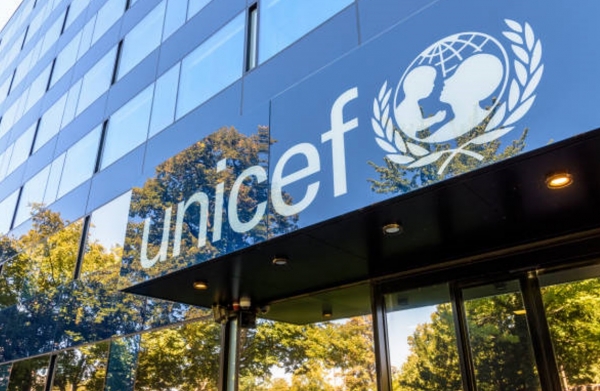As UNICEF Italy reports, between 2018 and 2022, Explosive Weapons in Populated Areas (EWIPA) caused about half - 49.8 percent - of the more than 47,500 cases of children killed, injured or maimed verified by the United Nations in more than 24 conflict zones globally. The use of explosives poses a major threat to children living in war zones. Moreover, with the increase of urban warfare, the use of weapons designed for battlefields is now a common reality in cities, towns and villages, with devastating consequences on the population of young people.
In addition to direct injuries, the use of explosive weapons leads to wider social, economic and environmental degradation, severely compromising children's access to essential services such as health care, education and clean water.
According to the ICRC, the direct impact of explosions is immediate: civilian casualties, injuries and damage to buildings. However, there are less visible but equally devastating consequences known as 'indirect' or 'reverberating' effects.
These can take place in the short, medium or long term, causing widespread suffering. The interconnectedness of essential services in populated areas, such as water supply, electricity, sanitation and health care, means that the disruption of one can have a knock-on effect on others.
As reported by OCHA, ordnance has a strong humanitarian impact. Injured people require specialised medical and psychosocial care, which is often unavailable in conflict situations. Explosive remnants can also kill and injure civilians long after the end of hostilities and delay reconstruction work or agricultural production, as well as the return of refugees and displaced persons.
According to Save the Children, in Ukraine, explosive weapons, including missiles, drones, area bombs, artillery and rocket launching systems, accounted for 87 per cent of the nearly 2,000 children killed or injured since the outbreak of war in February 2022. In contrast, over 14,000 of Gaza's 1.1 million children were affected by the outbreak of hostilities on 7 October 2023.
In any given conflict, children are seven times more likely to die from blast injuries than adults, and tend to experience different types of injury, requiring specialist care.
UN News reports that the international community is taking action to mitigate these impacts, especially following the meeting in Oslo, Norway, at the First Update Conference on the Political Declaration on the Use of Explosive Weapons in Populated Areas, adopted in Dublin in November 2022.
To date, it has been endorsed by 85 countries, with signatory states committing to take steps to prevent significant harm.
This instrument provides an opportunity to better protect children, their families and communities from armed conflict.







